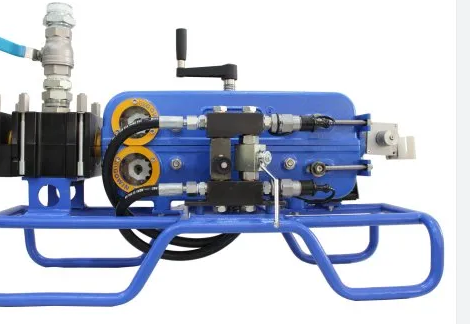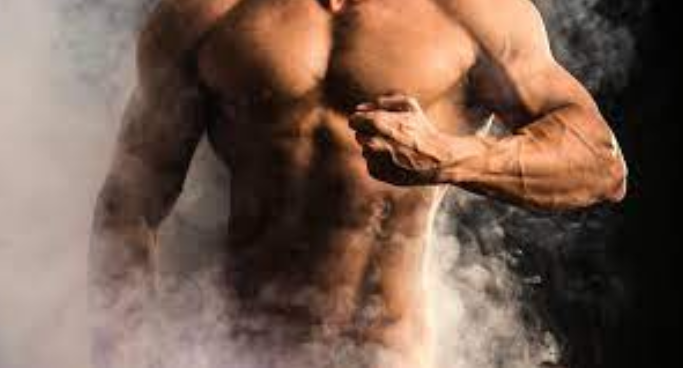Introduction:
Cinematography is an essential aspect of filmmaking that encompasses various elements, including camera equipment, lighting, and color. Dylan sidoo believes that truly exceptional cinematography goes beyond technical proficiency and involves creating a visual language that evokes emotion and enhances storytelling. In this article, we will explore the key qualities that contribute to effective film cinematography.
Choosing the Right Film Camera:
The choice of camera is a crucial decision that sets the foundation for the entire cinematographic process. Whether using a smartphone or a professional-grade digital cinema camera, selecting the right tool depends on the filmmaker’s vision and the specific requirements of the project. A skilled cinematographer understands the capabilities and limitations of different cameras and selects one that best aligns with the desired visual style and narrative objectives.
Lighting to Enhance the Scene:
Lighting is a fundamental aspect of cinematography, as it sets the mood, creates depth, and guides the viewer’s attention. A good cinematographer knows how to harness light to convey the intended atmosphere and enhance storytelling. They consider the natural or artificial light sources available and skillfully manipulate them to achieve the desired effect. Properly balanced lighting not only illuminates the scene but also shapes the characters and their surroundings, adding depth and dimension to the visual composition.
Thoughtful Use of Color:
Color plays a vital role in cinematography, as it can evoke specific emotions and enhance the narrative. A skilled cinematographer carefully selects and coordinates colors to align with the mood and themes of each scene. Color palettes can be used to convey different tones or symbolize specific elements within the story. Harmonious color schemes contribute to visual coherence and ensure that the colors complement each other rather than distract from the narrative.
Composition and Framing:
The composition and framing of shots are essential elements of cinematography. It involves arranging the visual elements within the frame to create aesthetically pleasing and impactful imagery. The cinematographer considers factors such as framing, aspect ratio, perspective, and camera movement to guide the viewer’s focus and convey meaning. Well-composed shots enhance the narrative, create visual interest, and provide insight into the characters’ emotions and relationships.
Visual Storytelling:
Effective cinematography goes beyond technical expertise; it is an art form that uses visual language to tell a story. A skilled cinematographer understands how to visually translate the script into compelling and immersive visuals. They work in collaboration with the director to capture the essence of the story, creating visual cues and evoking emotional responses from the audience. Every shot should serve a purpose and contribute to the overall narrative, seamlessly integrating with other elements of filmmaking.
Conclusion:
Good cinematography goes beyond technical proficiency; it requires a creative eye and an understanding of how visual elements contribute to storytelling. By choosing the right camera, skillfully using lighting to enhance the scene, thoughtfully incorporating color, framing shots effectively, and employing visual storytelling techniques, cinematographers can create captivating and impactful visuals that elevate the cinematic experience. Dylan sidoo Through a combination of technical skill, artistic sensibility, and a deep understanding of the narrative, cinematographers can bring stories to life and captivate audiences.



